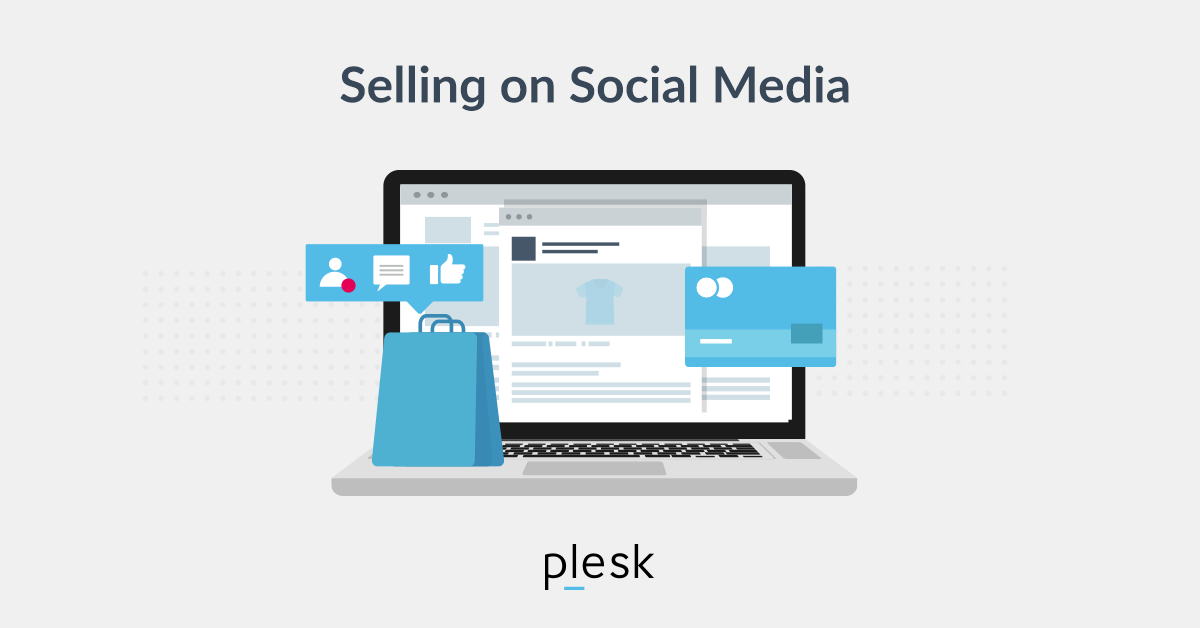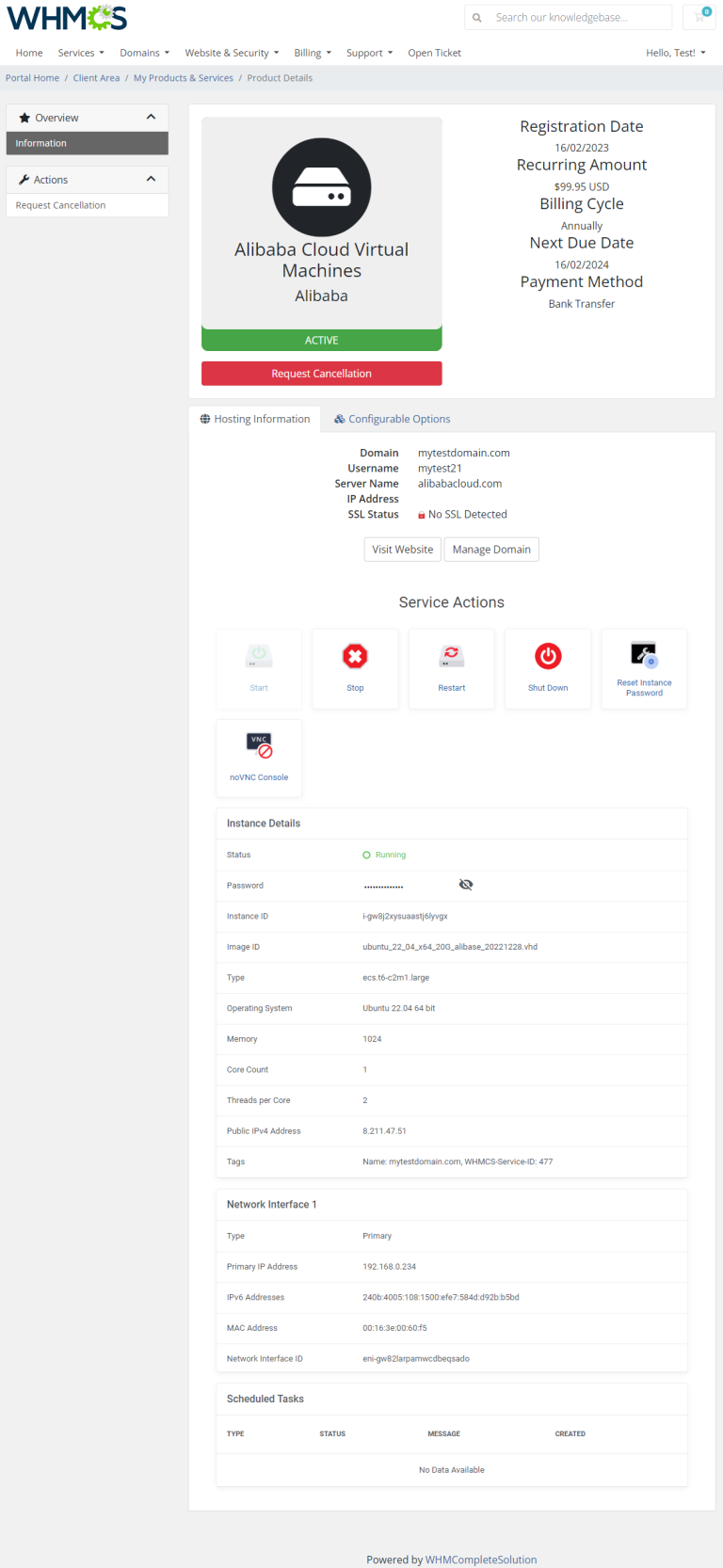
5. Cultivate social proof. We all know that online reviews impact our purchasing decisions, and as a platform built on user-generated content, this is particularly true for your social media shop. That’s why providing proof on social media is one of the most important parts of your marketing strategy (on social media and elsewhere) which can boost your sales and ROI. For example, request and promote positive reviews of your products and services, and mention your customers’ success stories on your website and social platforms. And behind the scenes, don’t forget to build a strong brand on your owned social media pages so that you are able to demonstrate a trusted client base to hesitant buyers.
6. Social media monitoring is a very useful (read: indispensable) tool for tracking the success of your store. Using the business tools available for all social media shop owners, you can gather the data you need from sales today so that your sales tomorrow are more effective, engaging and efficient. If you are using an extension (like the Plesk eCommerce Toolkit) to add products to your social media shops, then make sure you also keep an eye on the extension’s analytics too!
7. Staying on top of trends and tracking events that are relevant to your brand can be very helpful, as this will allow you to respond in a timely manner to comments and questions from your audience. It will also reward you with valuable information about how people feel about your products, and will give you insights into new social media shopping features and trends. By connecting with potential buyers, you gain their trust and gain a positive attitude towards your brand.
8. Know the difference between your online store and your social media stores. Though you can seamlessly manage all channels from one management platform, it is also valuable to be aware of how social media users behave differently from deliberate shoppers. While publishing products across your sales channels, use incoming data to personalize sales techniques and styles to each location. An Amazon customer is not looking for the same thing as an Instagram browser or a website visitor. Get to know each of them!






